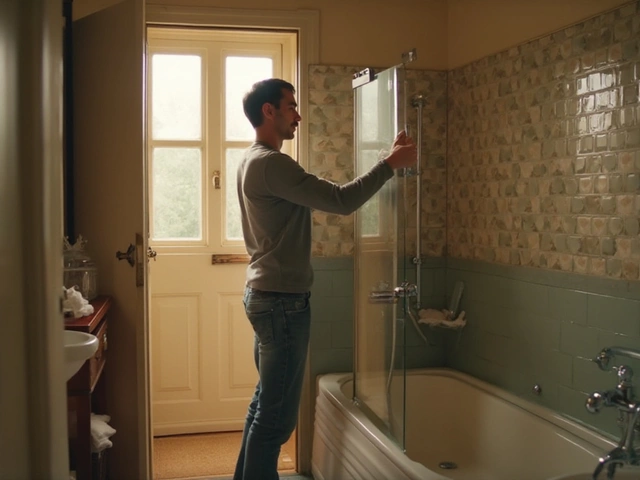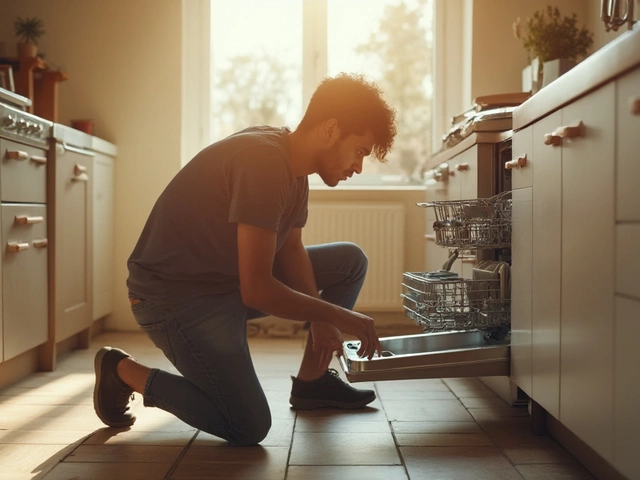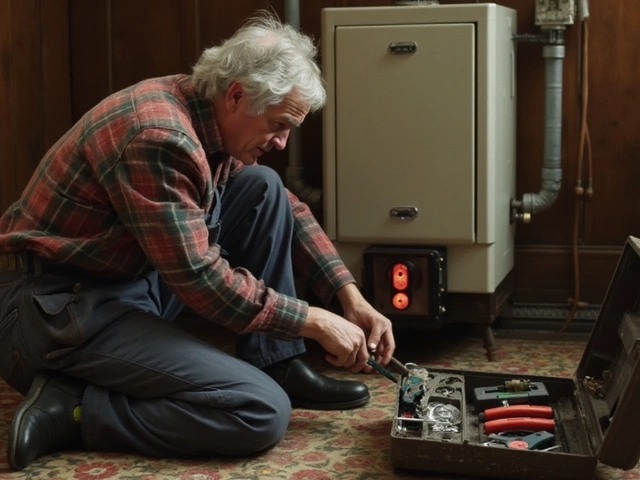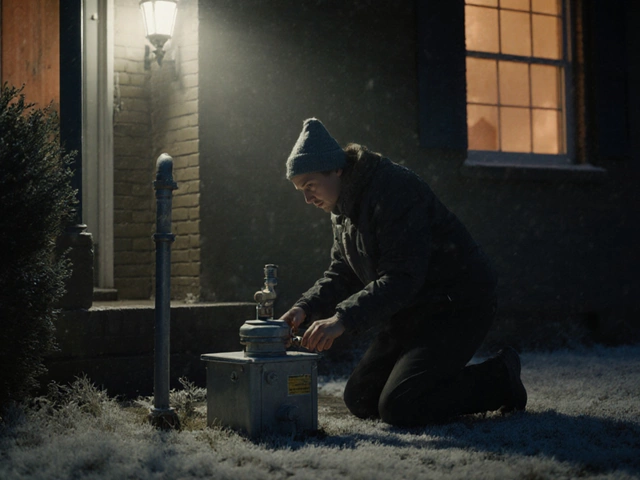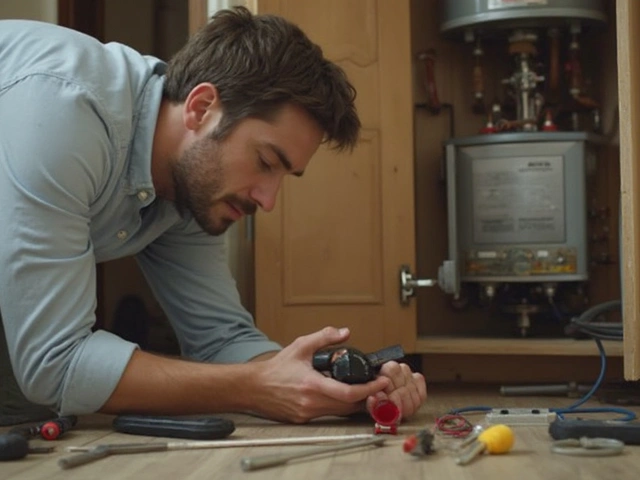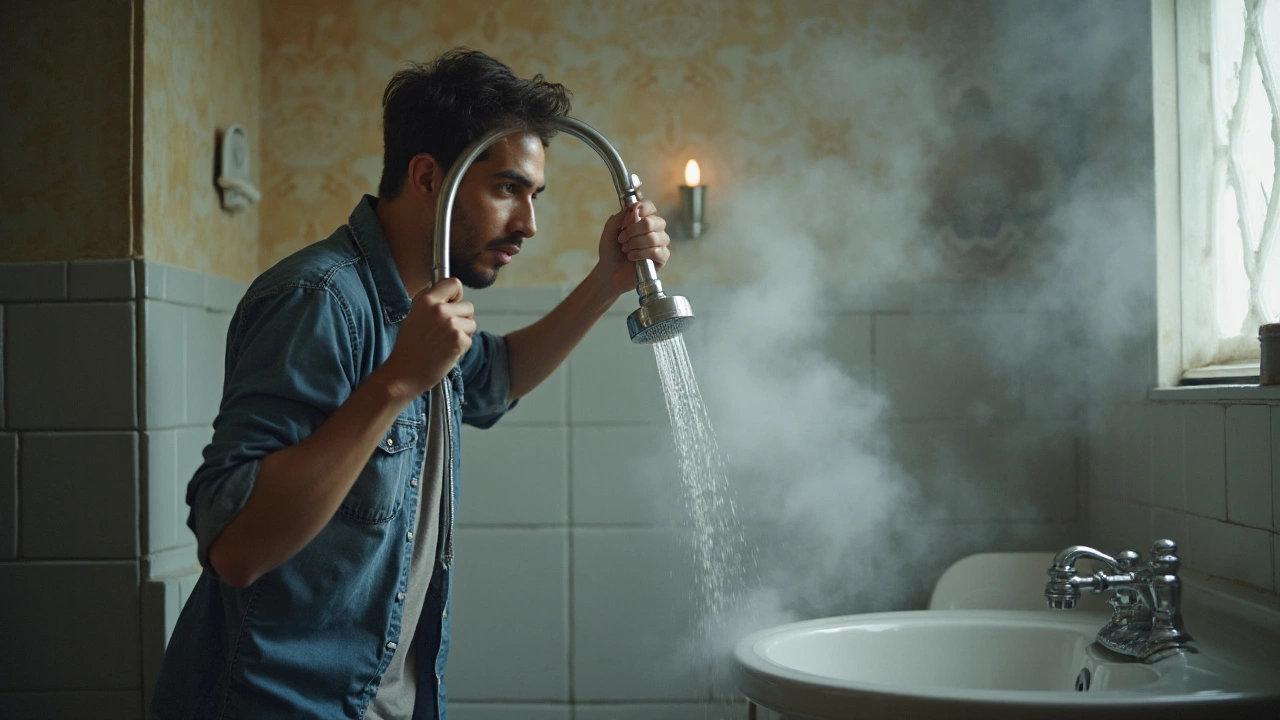Plumbing Fix: Simple Solutions for Common Home Leaks and Blockages
Got a drip, a slow drain, or a noisy pipe? You don’t need a pro for every little issue. Most everyday plumbing problems can be sorted with a few tools, a little know‑how, and a bit of patience. This guide walks you through the basics so you can stop the water waste, avoid damage, and keep your bathroom or kitchen running smoothly.
Identify the Problem Quickly
First thing is to find out what’s really going on. Turn on every tap and look for visible drips or wet spots. Feel around under sinks for dampness – that often points to a leaking joint. If a drain is slow, check the trap (the U‑shaped pipe) for hair or debris. Listen for gurgling sounds; they usually mean air is getting into the system because of a blockage. Jot down where the issue appears, how long it’s been there, and whether it’s getting worse. That simple checklist helps you decide if a quick DIY fix will work or if you need an expert.
DIY Fixes You Can Do Today
Tighten loose fittings. Most leaks come from a nut or washer that’s loosened over time. Use an adjustable wrench to snug the nut a quarter turn – don’t over‑tighten or you’ll crack the pipe. If the washer looks worn, shut the water off, remove the fitting, replace the washer, and put everything back together.
Clear a blocked drain. Start with a plunger. Fill the sink or tub with enough water to cover the plunger cup, then give firm, steady pushes. If that doesn’t work, pull out the trap and clean out hair, grease, or food bits. For tougher clogs, pour a half‑cup of baking soda followed by a half‑cup of vinegar, let it fizz for 15 minutes, then rinse with hot water.
Fix a leaking faucet. Most faucet leaks are caused by a worn O‑ring or cartridge. Shut the water supply, disassemble the handle (usually a screw hidden under a decorative cap), replace the O‑ring or cartridge, and reassemble. You’ll notice the drip stop almost instantly.
Seal pipe cracks. Small cracks in copper or PVC can be patched with epoxy putty. Clean the area, roll the putty into a snake, press it into the crack, and smooth it out. Let it cure for the time the product recommends, then turn the water back on. This is a temporary fix; plan to replace the pipe soon.
When you’re done, turn the water back on and check all the spots you worked on. Run water for a few minutes and watch for any new drips. If everything stays dry, you’ve saved money and a call‑out fee. If the leak persists, it’s time to call a professional – they have the tools and experience for bigger jobs like pipe replacement or sewer line work.
Remember, regular maintenance prevents most emergencies. Clean out traps every few months, wipe up drips right away, and give exposed pipes a quick inspection during your seasonal home check‑up. A little attention now keeps big problems at bay later.
